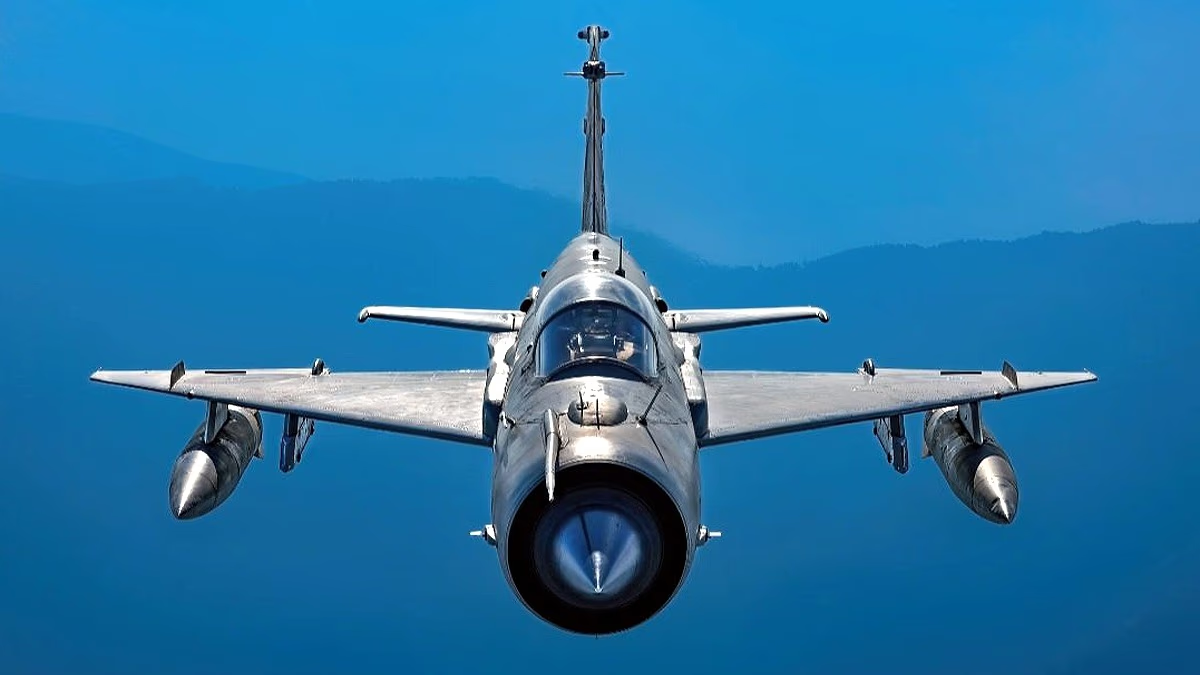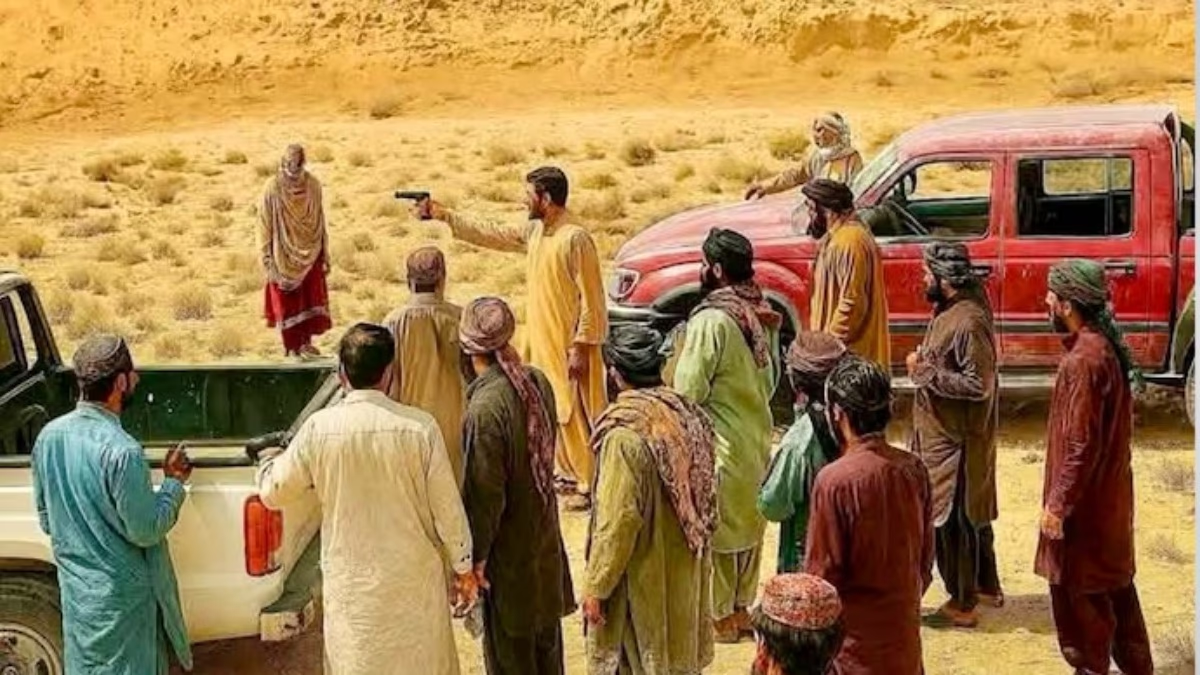On September 19, 2025, the Indian Air Force (IAF) will bid adieu to its most historic fighter jet, the MiG-21, at the Chandigarh Airbase. The 23 Squadron, known as the Panthers, will honor this aircraft in a special ceremony. The MiG-21, inducted in 1963, was India's first supersonic jet and played a pivotal role in fortifying the nation's aerial strength for an impressive 62 years.
Often labeled as the 'flying coffin' due to its age and frequent accidents, its retirement will shrink the strength of the Air Force to 29 squadrons, fewer than during the 1965 war. Let's delve into the story of the MiG-21, why it's being retired, and the complications caused by the delay in the Tejas Mk1A.
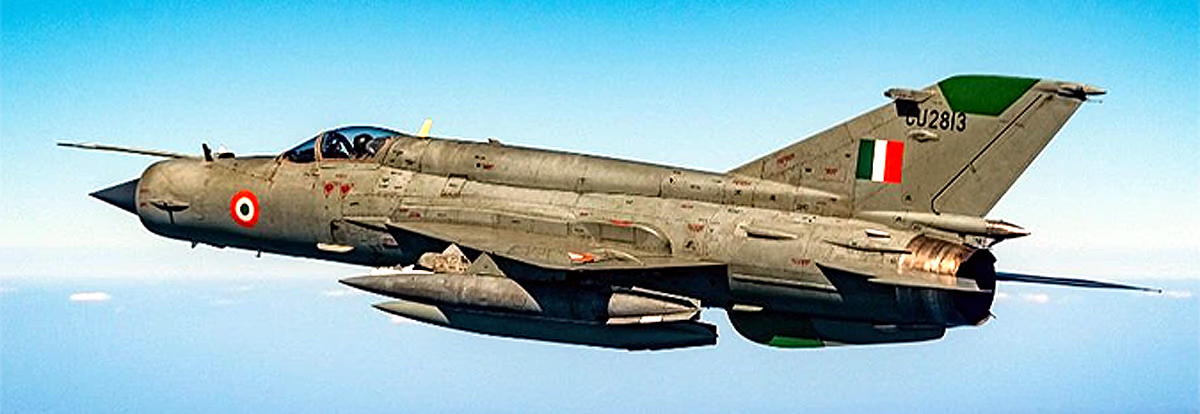
Source: aajtak
MiG-21: India's First Supersonic Jet
The MiG-21, crafted by the Soviet Union (now Russia), joined the Indian Air Force in 1963. It's renowned as India's first supersonic jet, reaching speeds faster than sound and symbolizing India's aerial prowess.
A total of 874 MiG-21s were inducted, with approximately 600 manufactured in India under license by Hindustan Aeronautics Limited (HAL).
MiG-21's Combat Legacy
1965 Indo-Pak War: The MiG-21 saw action for the first time, clashing with Pakistani jets.
1971 War: Played a crucial role in the liberation of East Pakistan (now Bangladesh), executing precise strikes on Pakistani bases.
1999 Kargil War: Night operations helped dismantle enemy forces. Pilots used simple GPS and stopwatches to execute attacks.
2019 Balakot Strike: A MiG-21 Bison shot down a Pakistani F-16, piloted by Group Captain Abhinandan Varthaman.
2025 Sindoor Operation: Participated for the last time as a response to an attack in Pahalgam.
However, over time, the MiG-21 became obsolete. Its last version, the MiG-21 Bison, received an upgrade in 2000, incorporating new radar, missiles, and helmet-mounted sights. Yet, aged design flaws persisted.
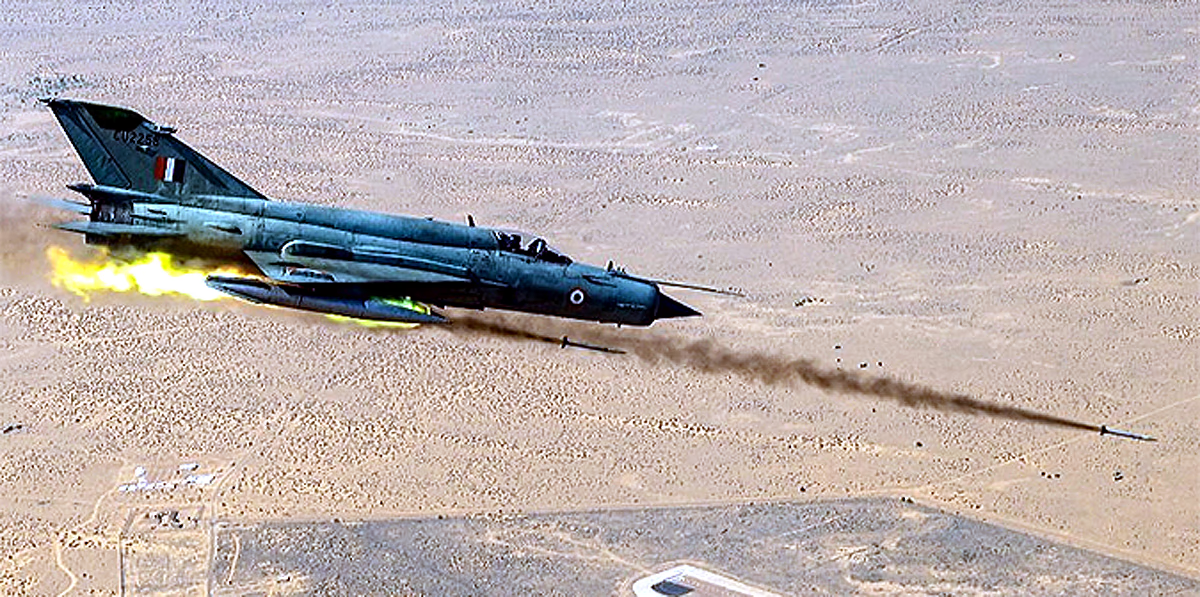
Source: aajtak
Why Was It Called the 'Flying Coffin'?
The MiG-21's illustrious combat record was tarnished by accidents over the decades. More than 400 crashes occurred, claiming 200 pilots' lives. Even after 2010, over 20 aircraft were lost. The causes included:
Outdated design: A relic of the 1950s-60s, struggling with today's advanced technology.
Maintenance challenges: Aging parts and technology made upkeep difficult.
Pilot error: Some accidents stemmed from pilot mistakes or insufficient training.
Bird strikes: Collisions with birds were reported.
These incidents earned it the nickname 'flying coffin,' though experts argue its large numbers (874 planes) skewed accident perceptions. Nevertheless, its obsolescence and safety concerns necessitated retiring the MiG-21.
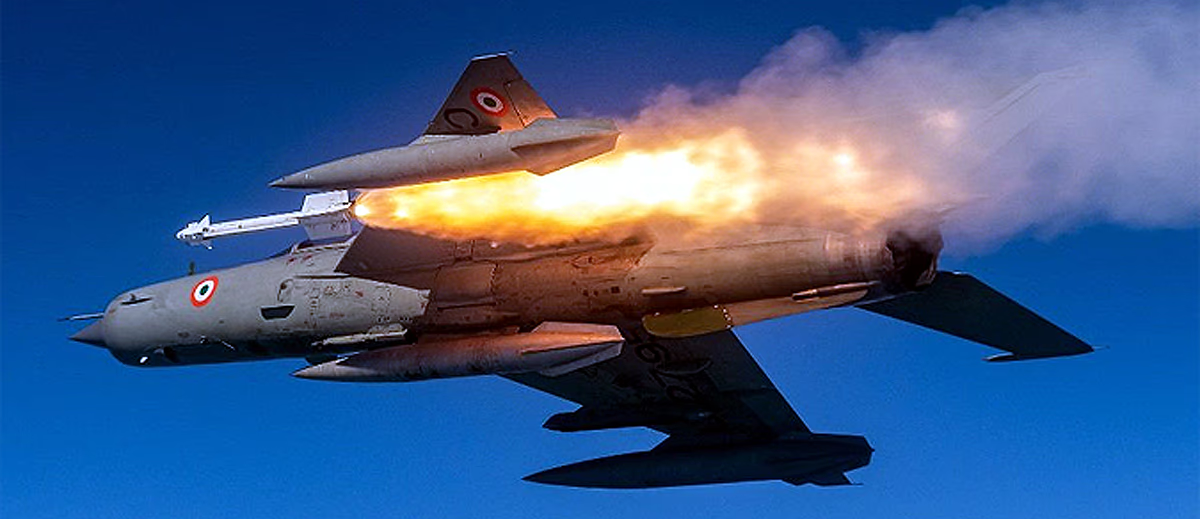
Source: aajtak
Plan for MiG-21's Farewell
The IAF plans to retire all MiG-21s by 2025. Initially, four squadrons were operational, now reduced to two...
Squadron No. 3 (Cobras): Stationed in Bikaner (Nal Airbase).
Squadron No. 23 (Panthers): Stationed in Suratgarh, retiring in Chandigarh on September 19.
The earlier No. 4 Squadron (Uriels) and No. 51 Squadron (Sword Arms) were retired by 2022-23. The remaining 26-31 MiG-21 Bisons will retire by the end of 2025. Squadron 23's ceremony in Chandigarh symbolizes the MiG-21's final flight.
Delays in Tejas Mk1A Add to Challenges
The MiG-21 was to be replaced by the indigenous LCA Tejas Mk1A developed by HAL and ADA (Aeronautical Development Agency). However, delays in the Tejas delivery have forced the MiG-21 to remain operational longer.
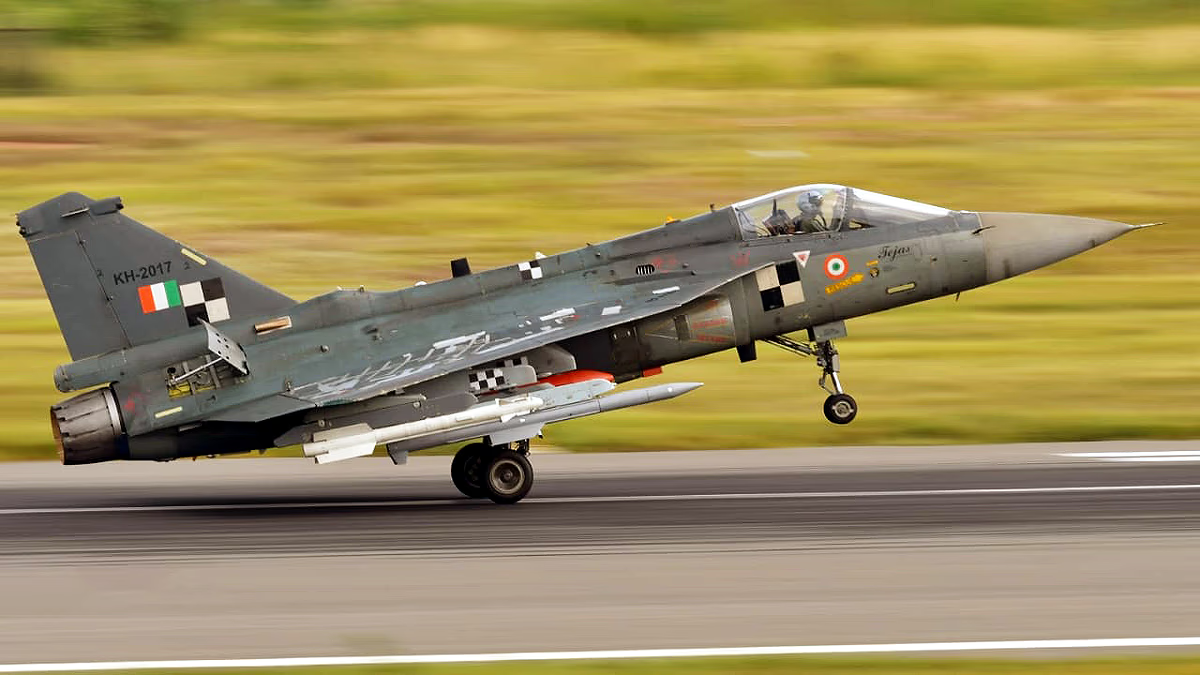
Source: aajtak
Why the Delay?
Engine Shortages:
Tejas Mk1A uses the GE F404 engine, sourced from the USA. Supply chain issues delayed engine deliveries from March 2024 to March 2025, with only two engines received so far. Monthly engine deliveries are expected by March 2026.
Production Delays:
HAL produced six Tejas Mk1As, yet they remain grounded due to engine shortages. Production lines in Bengaluru are set up for 16, and Nasik for 24 jets.
Certifications:
Tejas Mk1A incorporates new systems (AESA radar, electronic warfare) that required extensive testing. The first flight took place in March 2024.
Key Features of Tejas Mk1A
Indigenous Technology: Comprising 50-60% indigenous parts, future models will include the India-made Uttam AESA radar.
Advanced Systems: New radar, missiles, and electronic warfare systems make it vastly superior to the MiG-21.
Safety: Only one crash so far, a significant improvement over the MiG-21's record.
The air force placed an order for 83 Tejas Mk1As worth 48,000 crores in 2021. Plans to order 97 more jets exist, with a total of 220 Tejas forming 10 squadrons. However, delivery delays have extended the MiG-21's service until 2025.
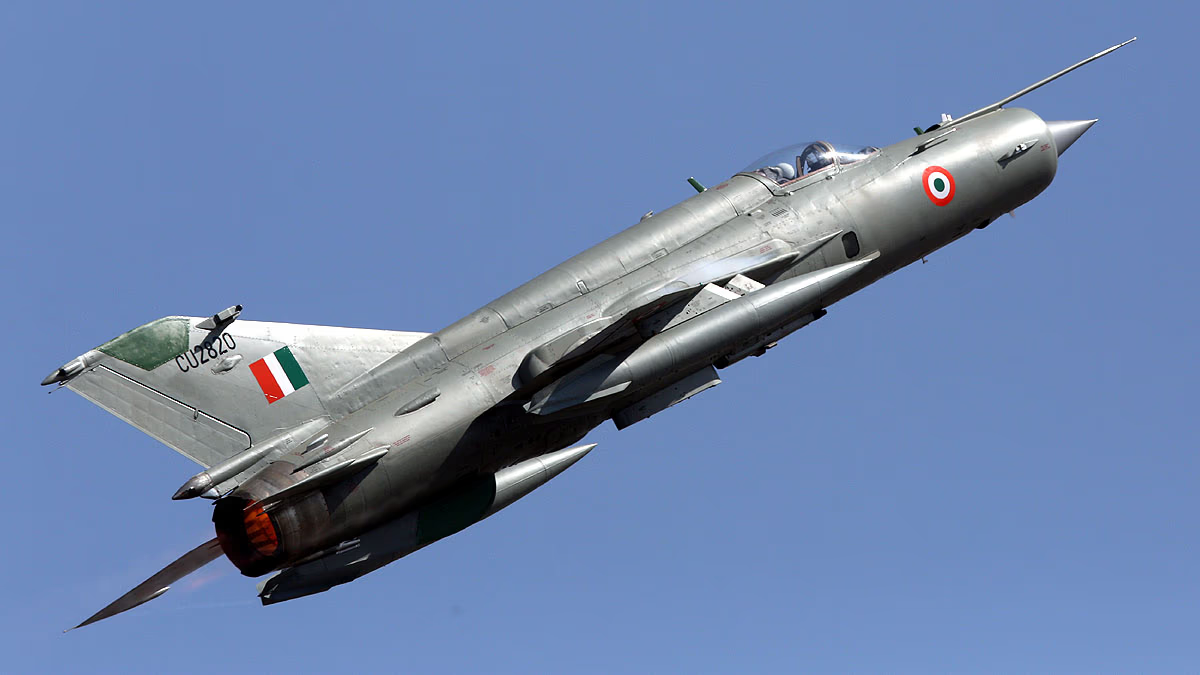
Source: aajtak
29 Squadrons: A Pressing Concern for the Air Force
With the MiG-21's retirement, the IAF will be down to just 29 squadrons, fewer than the 1965 war's 30 squadrons. The air force requires 42 squadrons. A squadron consists of 16-18 aircraft, potentially impacting India's air strength significantly, especially as...
Pakistan plans to induct J-35 fighter jets from China by 2025.
China is working on 6th-generation jets.
The IAF currently operates Sukhoi-30 MKI, Rafale, Mirage-2000, and Tejas Mk1, but their numbers are insufficient. The MiG-29, Mirage-2000, and Jaguar will also begin retiring by 2030, increasing pressure.

Source: aajtak
Filling the Gap
The IAF is taking several steps to address this shortfall...
Tejas Mk1A: Aims to deliver 16 aircraft annually by 2026. The first squadron at Nal Airbase (Bikaner) will form by July 2026.
Tejas Mk2: A larger, more powerful aircraft replacing the Mirage-2000. Its first prototype will be ready by the end of 2025, with production starting in 2029.
MRFA (Multi-Role Fighter Aircraft): Planning to buy 114 new jets, including Rafale, F/A-18, and Eurofighter.
AMCA (Advanced Medium Combat Aircraft): An indigenous 5th-generation stealth jet projected for completion by 2035.
Drones and Satellites: The air force is acquiring 30-50 drones and satellites from startups like Pixxel.
Legacy of the MiG-21
MiG-21 has given India numerous victories and six Air Force chiefs (4 in India, 2 in Pakistan). It was also the first squadron to include female pilots and trained pilots from countries including Iraq. Despite its accidents and outdated design, its retirement is essential.
